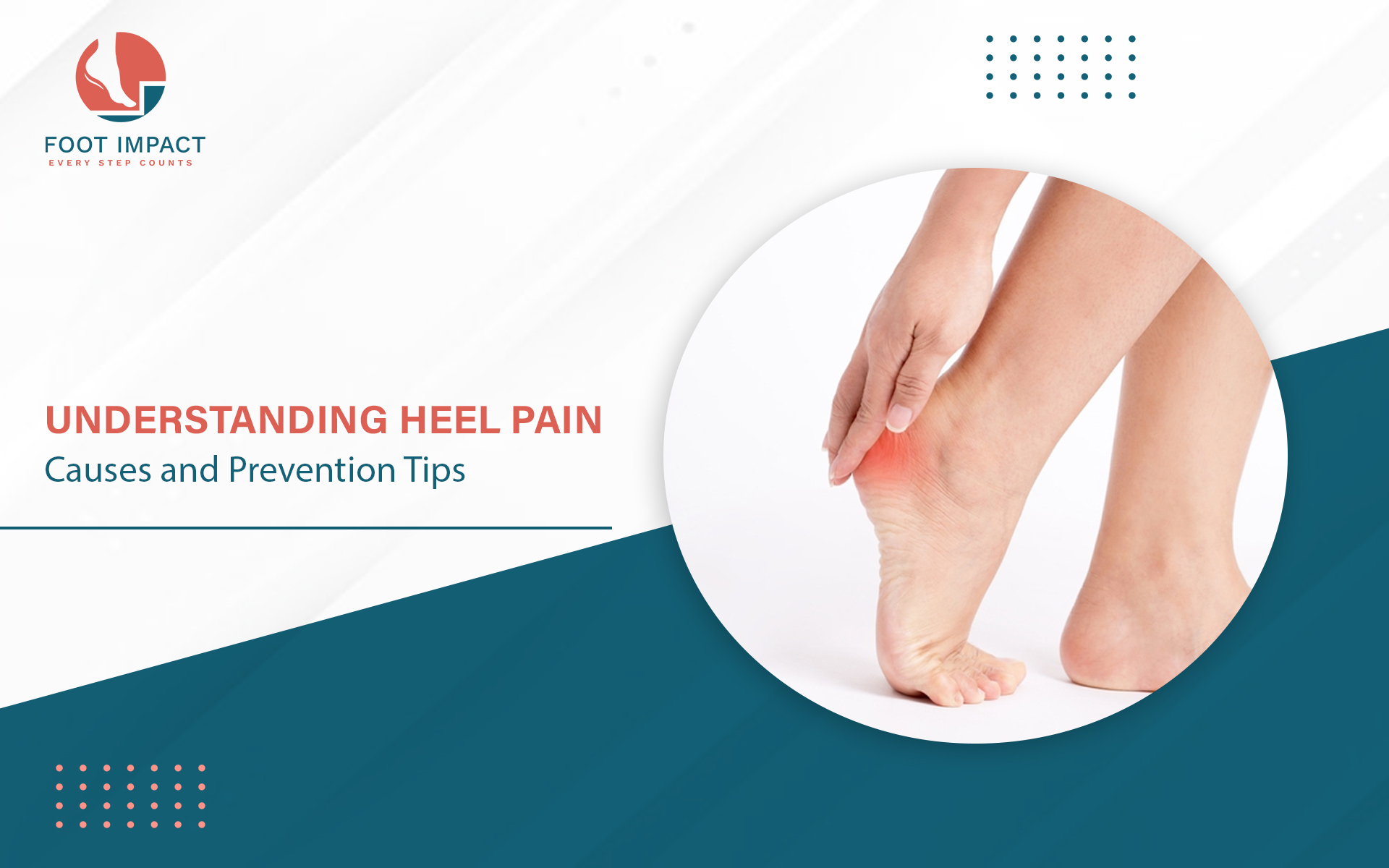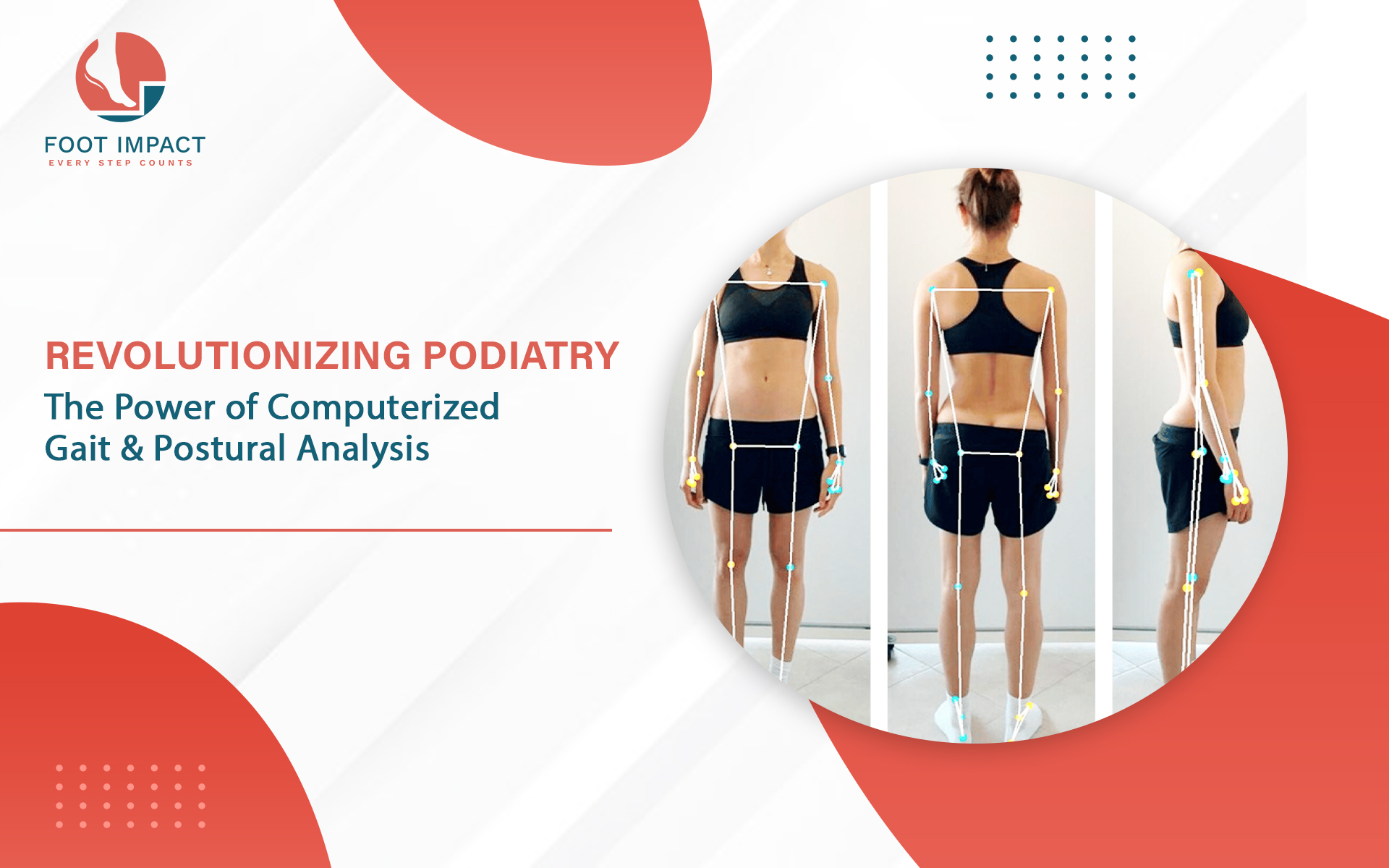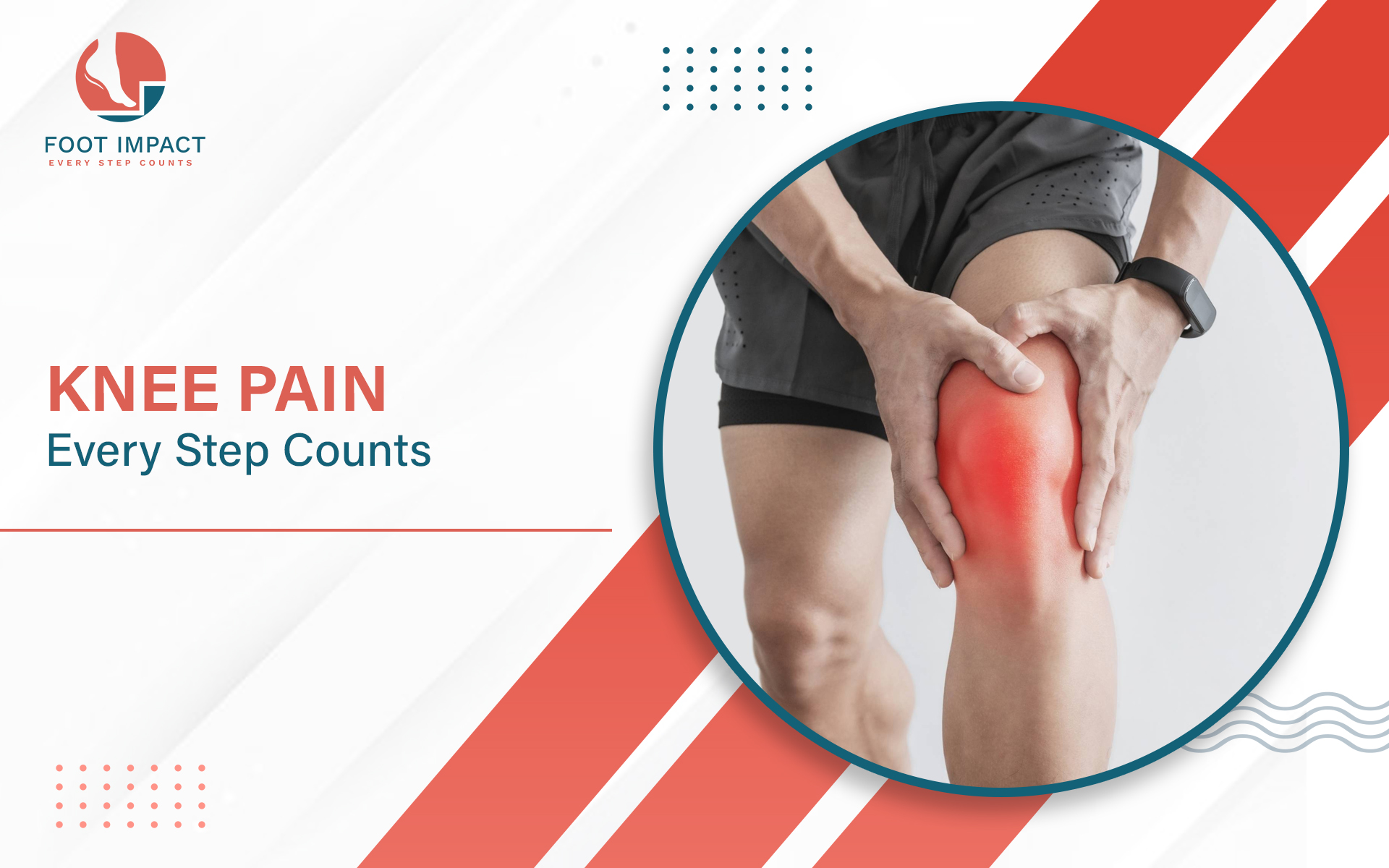Understanding Heel Pain: Causes and Prevention Tips
Heel pain is a common complaint that can affect individuals of all ages and lifestyles. Whether you're an avid runner, spend long hours on your feet at work, or simply enjoy a leisurely stroll, heel pain can be a persistent and bothersome issue. In this blog, we'll explore the various causes of heel pain and provide practical tips for prevention to keep you moving comfortably.
Common Causes of Heel Pain:
Plantar Fasciitis:One of the most prevalent causes of heel pain is plantar fasciitis, a condition where the thick band of tissue (plantar fascia) that connects the heel bone to the toes becomes inflamed. This inflammation can lead to stabbing pain in the heel, particularly during the first steps in the morning or few steps after any rest.Achilles Tendinitis:
The Achilles tendon, which connects the calf muscles to the heel bone, can become inflamed, resulting in pain and stiffness. This condition is often associated with overuse or improper footwear.
Heel Spurs:
Heel spurs are bony growths on the underside of the heel bone. While they may not always cause pain, they can contribute to discomfort, especially when they irritate surrounding tissues.
Bursitis:
Inflammation of the bursa, a small sac of fluid that cushions and lubricates the areas where tendons and muscles glide over bone, can lead to heel pain. This is often caused by repetitive stress or wearing improper shoes.
Prevention Tips for Heel Pain:
Choose Proper Footwear:
Invest in shoes that provide proper arch support, cushioning, and a good fit. Avoid high heels for extended periods and opt for shoes with a low to moderate heel to reduce strain on the Achilles tendon.
Maintain a Healthy Weight:
Excess weight can contribute to heel pain, particularly in conditions like plantar fasciitis. Maintaining a healthy weight through regular exercise and a balanced diet can alleviate stress on the feet.
Stretching Exercises:
Incorporate daily stretching exercises to improve the flexibility of your calf muscles and the plantar fascia. Stretching before and after physical activities can help prevent injuries and reduce heel pain.
Gradual Exercise Progression:
If you're starting a new exercise routine or increasing the intensity of your workouts, do so gradually. Sudden changes in activity levels can contribute to heel pain.
Proper Warm-Up and Cool Down:
Always warm up before engaging in physical activities and cool down afterward. This helps prepare your muscles and reduces the risk of strain and injury.
Supportive Insoles:
Consider using orthotic insoles or inserts to provide additional support to your feet after consulting with podiatrist. Do not consider off the shelf orthotics. These can help distribute pressure evenly and reduce strain on the plantar fascia.
Conclusion:
Heel pain can be a hindrance to daily activities, but with proper understanding and preventive measures, you can significantly reduce the risk of developing or exacerbating these conditions. Taking care of your feet through proper footwear, maintaining a healthy lifestyle, and incorporating stretching exercises into your routine can go a long way in preventing heel pain and ensuring your continued comfort and mobility. If heel pain persists or worsens, it's crucial to consult with a healthcare professional for a proper diagnosis and personalized treatment plan.



